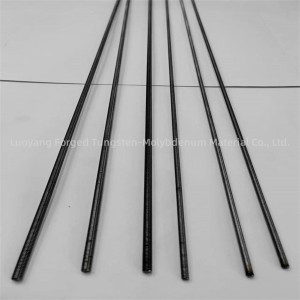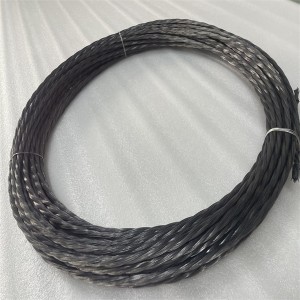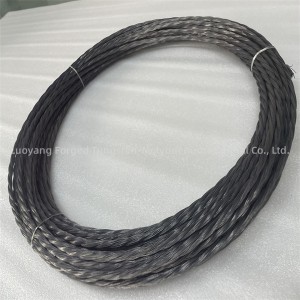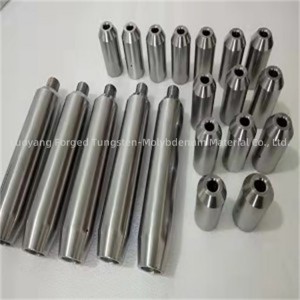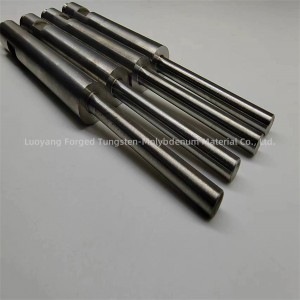Molybdenum Rod with Threaded Molybdenum Threaded Rod
The load capacity of the screw can be calculated using engineering principles and formulas. Load capacity is usually determined based on the strength of the material, the size and pitch of the threads, and the length of the rod. Here is a simplified overview of the calculation process:
1. Determine material strength: The load capacity of a screw is affected by the tensile strength of the material it is made of. Tensile strength is a measure of the maximum stress a material can withstand when stretched or pulled before breaking. This value is usually provided by the material manufacturer.
2. Consider thread engagement: Load capacity is also affected by the length of the threaded portion of the rod and the engagement of the threads with mating components. The longer the meshing length, the higher the load capacity.
3. Calculate the effective area: The load capacity is related to the effective cross-sectional area of the screw. For standard screws, the effective area is calculated based on the thread root diameter.
4. Apply Engineering Formulas: Load capacity can be calculated using the tensile stress formula, which is the applied force divided by the cross-sectional area. Load capacity is usually determined as a fraction of the material's tensile strength, taking into account safety and other considerations.
It is important to note that the calculation of screw load capacity involves complex engineering principles and considerations and is typically performed by a qualified engineer or professional with expertise in mechanical design and materials science. In addition, specific industry standards and specifications can provide guidance in determining the load capacity of screws in different applications.
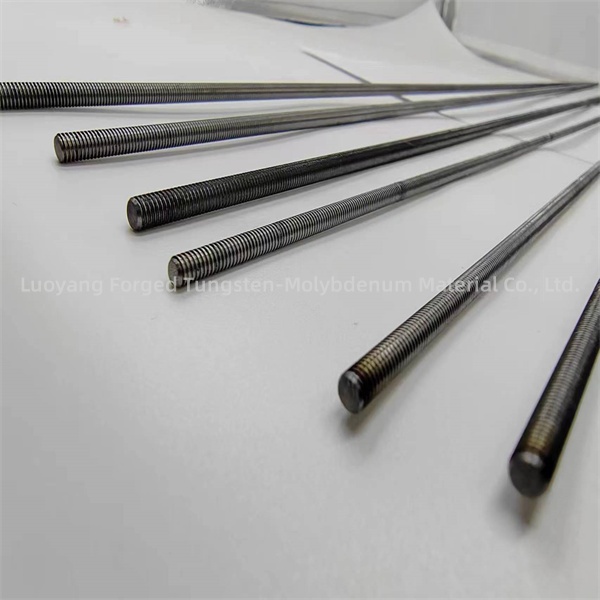
Depending on the specific requirements of the project and the nature of the load-bearing connection, threaded rods can be used as a replacement for bolts in certain applications. Here are some factors to consider when deciding whether to use threaded rods instead of bolts:
1. Threaded rods are typically used in applications that require long fasteners to connect two structural elements, such as construction, bracing, or suspension systems. In this case, the screw can be cut to the required length, allowing it to be flexibly adapted to various distances between the connecting parts.
2. Threaded rod can be used to create custom length fasteners by cutting them to the required size, whereas bolts usually come in specific lengths. This flexibility may be advantageous in certain construction or manufacturing projects.
3. Threaded rods are typically used in applications where connections require nuts on both ends to allow adjustment or tensioning of the connection. This is particularly useful in applications where fine-tuned connections are required.
4. Bolts are typically used in applications where a specific length and head style are required for a specific fastening application. Bolts are often used with nuts and washers to create a secure and precise connection.
When deciding whether to use threaded rods instead of bolts, it is important to consider the specific requirements of the application, including load-bearing capacity, environmental conditions, and the need for adjustability or customization. Additionally, you must ensure that the fasteners selected comply with relevant industry standards and specifications for the intended application.
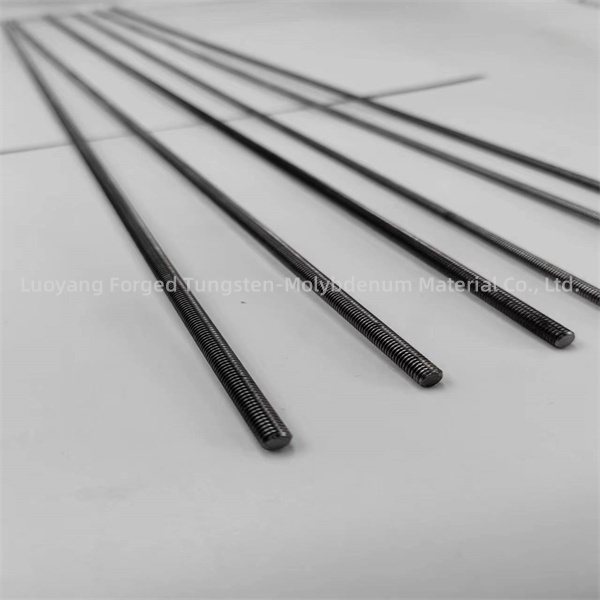
Wechat:15138768150
WhatsApp: +86 15236256690
E-mail : jiajia@forgedmoly.com


